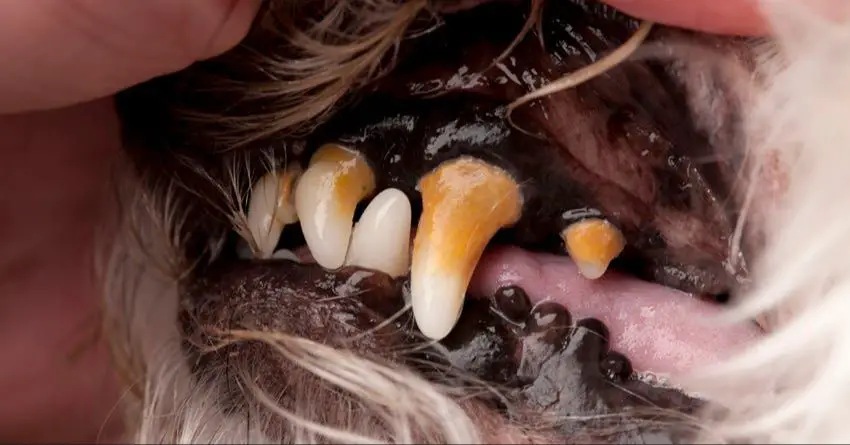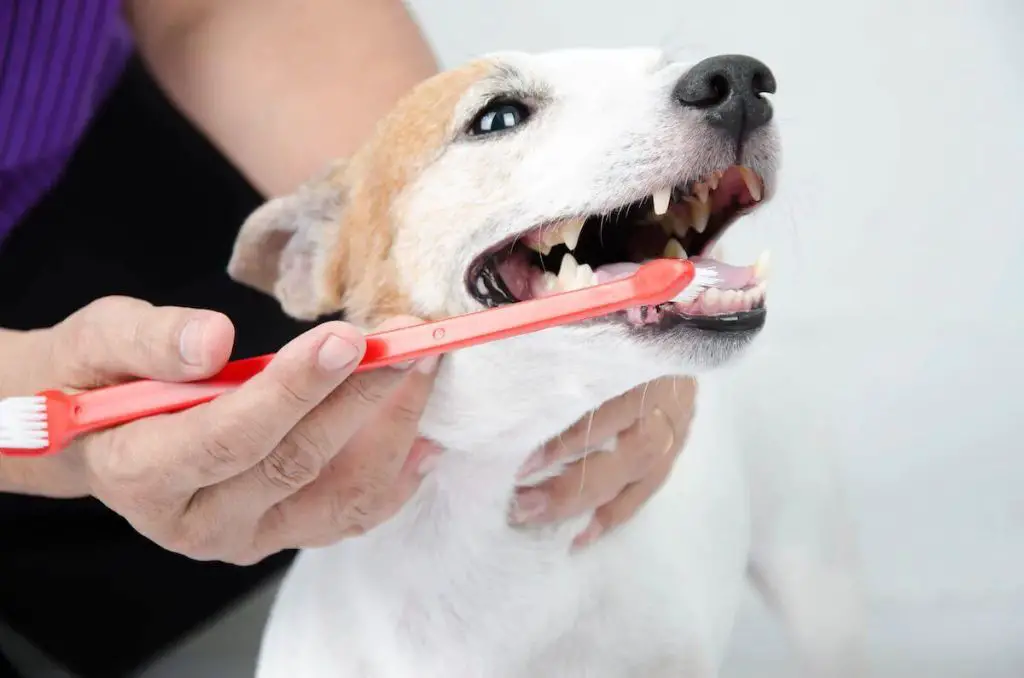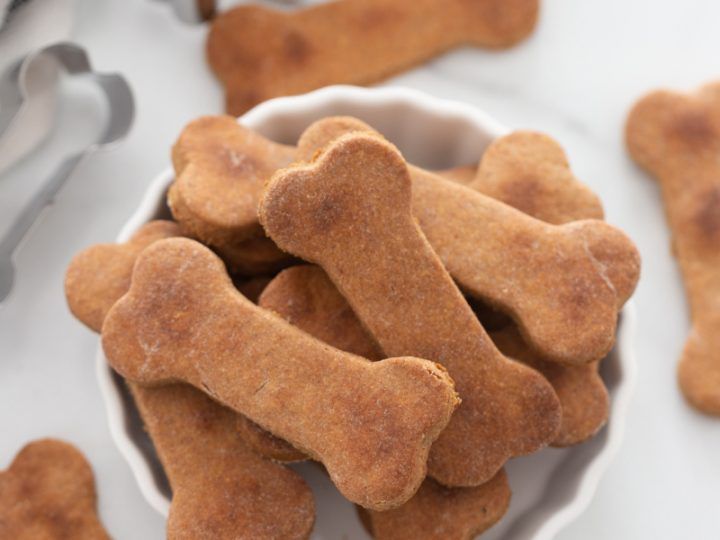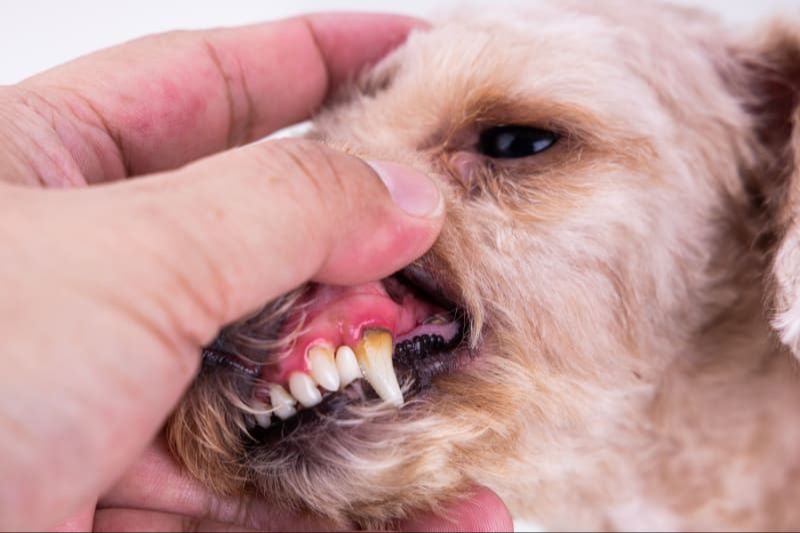Why It’s Important to Clean Your Dog’s Teeth
Keeping your dog’s teeth clean is critical for their health and wellbeing. Without regular dental hygiene, plaque and tartar can accumulate on their teeth, leading to gum disease, tooth decay, and tooth loss. Poor dental health is also linked to damage in other areas of a dog’s body including the heart, liver, and kidneys.
By keeping your dog’s teeth clean, you can prevent serious dental issues as well as smelly dog breath. Brushing helps disrupt plaque before it turns into tartar, removes bacteria and food particles, and stimulates the gums. It promotes better circulation which keeps your dog’s gums healthy and pink. Your dog will be happier with a mouth that feels fresh and clean.
In addition to brushing, dental chews and professional cleanings can help combat plaque buildup. But daily brushing is the gold standard for good canine dental care. With some patience and positive reinforcement, you can get even the most stubborn dog to accept regular teeth brushing.
Signs Your Dog’s Teeth Need Cleaning
One of the first signs your dog’s teeth need cleaning is yellow or brown buildup, commonly known as plaque and tartar. Plaque forms quickly and starts out looking like a film over the teeth. If plaque isn’t removed regularly, it will harden into tartar, which is much more difficult to remove. Both plaque and tartar provide places for bacteria to hide and multiply, leading to infections and tooth decay.

Red, swollen, or inflamed gums are another indicator of dental issues. Gum disease, also called gingivitis or periodontal disease, occurs when plaque spreads below the gumline and the bacteria begins to irritate the gums. Left untreated, gum disease can damage the connective tissues and bone and lead to tooth loss.
You may also notice bad breath coming from your dog’s mouth. Halitosis is caused by the bacteria breaking down food particles and releasing sulfur compounds. While not pleasant for owners, it’s a sign that your dog’s oral health needs attention.
Loose or missing teeth can be caused by advanced periodontal disease. The bacteria erodes the bone and connective tissues supporting the tooth, leading to tooth loss. Be sure to look inside your dog’s mouth regularly for any missing or wobbly teeth.
Getting Your Dog Comfortable with Brushing
For dogs that are reluctant or uncooperative when it comes to dental care, you’ll need to gradually acclimate them to having their teeth brushed. Start by giving your dog toothpaste-flavored treats so they associate the taste with something positive. You can also rub the outside of their lips and teeth with your finger so they get used to having something in their mouth.
When your dog seems comfortable with these steps, introduce the toothbrush by gently rubbing it along their front teeth and gums, without toothpaste at first. As your dog gets more accustomed to the feeling of the brush, start applying a dog-safe toothpaste so they learn to accept the taste. Take it slow, keeping sessions short and positive, until your dog seems relaxed about having their teeth brushed.
Tips for Brushing Stubborn Dogs’ Teeth
Even cooperative dogs can become stubborn when it comes to brushing their teeth. If your dog resists you brushing, don’t force the issue. Forcing the brush into your dog’s mouth can lead to more resistance in the future. Instead, follow these tips to make the process easier on both you and your dog:

– Go slowly and keep brushing sessions short to start. Try brushing just a few teeth at a time, then work your way up to longer sessions over time. Rushing the process can stress out your dog.
– Offer praise and treats during and after brushing. This helps reinforce that brushing is a positive experience. High-value treats like small pieces of chicken will motivate your dog to accept the brush.
– Try using a finger brush or gauze wrapped around your finger if your dog is opposed to a bristle toothbrush. The soft texture may be more readily accepted. Gradually transition to a bristle brush.
With time and positive reinforcement, even the most stubborn dog can learn to accept regular dental care. Going at your dog’s pace and making it a relaxing, rewarding experience is key to long-term success.
DIY Dental Chews
Making your own dental chews at home can be a great way to clean your dog’s teeth without having to brush their teeth directly. Homemade chews allow you to control exactly what ingredients go into them. Some healthy ingredients to look for include:
- Coconut oil – Has antibacterial properties and lauric acid to reduce plaque
- Turmeric – Anti-inflammatory and antibacterial
- Cinnamon – Reduces bacteria growth
- Parsley – Freshens breath
Sample recipes could include:

- Peanut butter and banana chews with coconut oil
- Pumpkin and cinnamon bites
- Sweet potato and turmeric rolls
The main advantages of homemade chews are controlling the ingredients, making single ingredient chews for dogs with allergies, and tailoring recipes to your dog’s preferences. However, they do take more time and effort than store-bought treats. You also need to be careful with recipes to avoid ingredients that could be dangerous for dogs, like onion, garlic, xylitol, etc. Overall, DIY chews can be a tasty supplement to regular brushing.
Other Dental Hygiene Tips
In addition to brushing, there are some other things you can do to promote good dental health for your dog:
Dental toys and chews – Giving your dog specially designed dental chews and toys can help scrape away tartar and plaque as they chew. Look for toys made of rubber or nylon that have knobs, ridges, or bumps to clean teeth. Avoid real bones, which can crack teeth.
Water additives – You can add special dental solutions to your dog’s drinking water that contain enzymes and anti-bacterial ingredients to reduce plaque and tartar buildup. These are easy to use daily.
Regular vet cleanings – Even with daily brushing, most dogs need an annual veterinary dental cleaning and exam. The vet will scale off plaque and tartar, polish the teeth, and check for any issues under the gums. This thorough cleaning keeps your dog’s teeth in great shape.
Signs of Trouble
As with your own dental health, it’s important to watch out for signs of problems with your dog’s oral health. Some signs to look for include:
Loose teeth: Dog’s teeth shouldn’t be loose or wiggly. If you notice this, it likely indicates advanced periodontal disease affecting the tooth roots.
Mouth pain: If your dog seems hesitant to eat or chew, seems to be in oral discomfort, or shies away when you try to look in their mouth, they may be experiencing dental pain or infection.
Swelling or bleeding gums: Inflamed, swollen, or bleeding gums suggest infection or gingivitis. Left untreated this can lead to tooth loss and other issues.
Loss of appetite: A decreased appetite or reluctance to eat may indicate oral pain or problems with their teeth and mouth.
Pawing at mouth: If your dog seems to be bothered by something in their mouth and is repeatedly pawing at their mouth or muzzle, have their teeth inspected for potential issues.
When to See the Vet
If your home dental care routine doesn’t seem to be improving your dog’s dental health, it’s a good idea to make an appointment with your veterinarian. There are some signs that indicate it’s time for a professional dental cleaning and exam:

- Persistent bad breath or discolored teeth
- Excessive drooling
- Broken or loose teeth
- Abnormal chewing, dropping food, or hesitance to eat
- Bleeding, inflamed, or receding gums
- Pus around teeth or gums
- Swollen or painful face or mouth
These can all be signs of periodontal disease or other underlying dental issues, which should be addressed by a professional. Vets can perform a thorough cleaning above and below the gum line, as well as take dental x-rays to check for problems below the surface. They may also need to extract damaged teeth. Regular dental cleanings help prevent plaque and tartar buildup and keep your dog’s teeth and gums healthy.
Professional Cleaning
If your dog’s teeth have a significant buildup of tartar and plaque, a professional dental cleaning by your veterinarian may be necessary. This is done with the dog under general anesthesia so the teeth can be thoroughly cleaned above and below the gumline. Here’s an overview of the process:
Your dog will be given a pre-anesthetic bloodwork screening and then anesthesia will be administered, usually by injection. Once your dog is fully under, the vet will use scaling tools to clean off all tartar and plaque from the teeth. If needed, they may extract any badly damaged or infected teeth. The teeth will be polished to smooth them and help prevent future plaque buildup. Fluoride may be applied to strengthen enamel. Antibiotics may also be given to prevent infection.
Professional dental cleanings allow deep cleaning and removal of plaque buildup that can’t be achieved at home. It helps identify and treat any underlying problems. Cleanings generally need to be repeated every 6-12 months. But the risks of anesthesia and the costs, which can range from $300-$1,000 or more per cleaning, are downsides.
Discuss the risks and benefits with your vet. While expensive, professional dental cleanings are usually worth the investment in your dog’s health and comfort especially if they have significant plaque and tartar buildup.
Keeping Your Dog’s Teeth Clean
Ongoing dental care at home is crucial for your dog’s oral health and overall wellbeing. Here are some tips for keeping your dog’s teeth clean on a regular basis:
Regular Brushing: Brushing your dog’s teeth daily is the most effective way to reduce plaque and tartar buildup. Use a soft-bristled toothbrush and dog-safe toothpaste. Take your time, be patient and reward your dog during the process. Over time, regular brushing will become part of your dog’s routine.
Dental Treats and Chews: Giving your dog specially formulated dental chews and treats helps scrape away plaque and tartar between brushings. Look for products approved by the Veterinary Oral Health Council that are made to be gnawed, which helps clean teeth. Avoid hard chews that can crack teeth.
Annual Vet Cleanings: Even with vigilant home care, most dogs need an annual veterinary dental cleaning. The vet will scale away plaque and tartar under anesthesia, polish the teeth, and check for any issues beneath the gumline. Professional cleanings are crucial for detecting and treating early stage gum disease before it progresses.
With diligent daily toothbrushing, use of appropriate chews and treats, and regular professional veterinary cleanings, you can keep your dog’s teeth clean, healthy and free of disease.